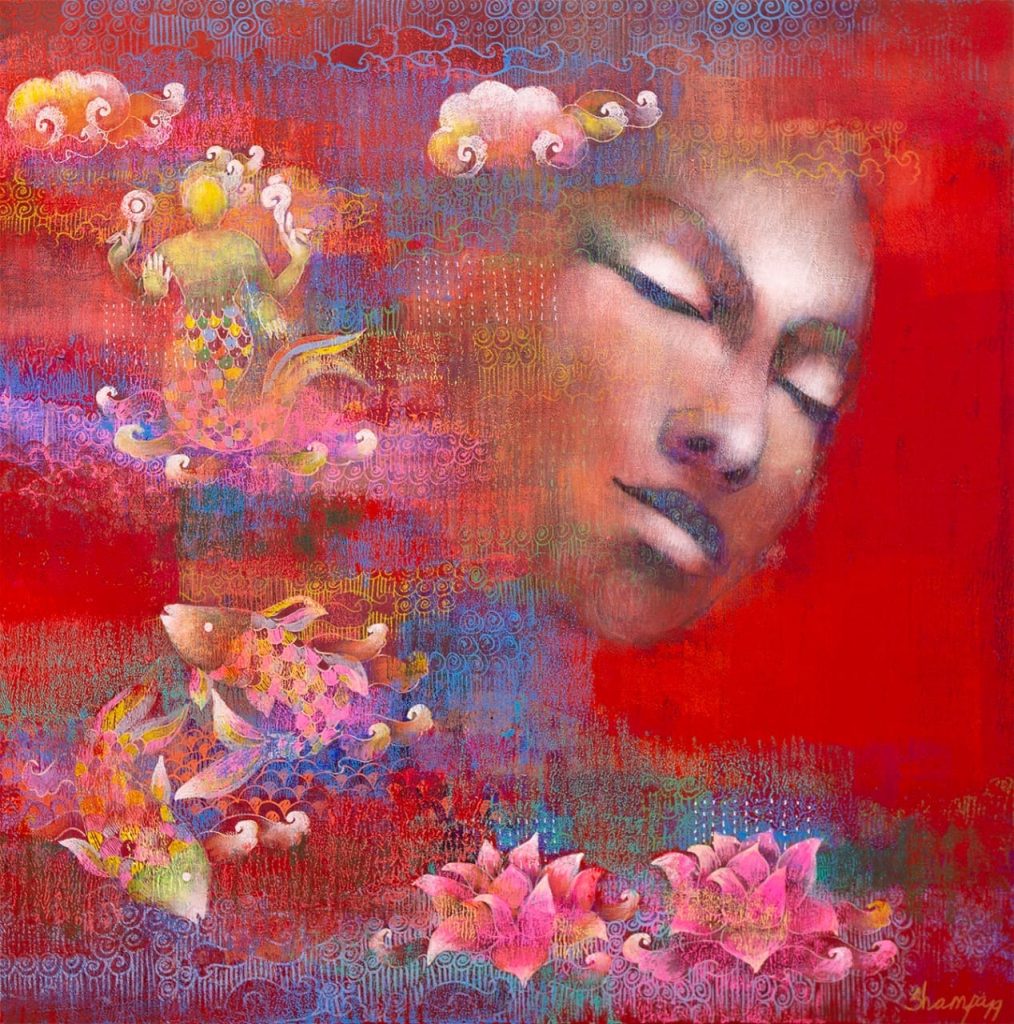Ved Prakash Bhardwaj
Manish Pushkale’s new exhibition is proof that abstract art is not baseless, rather it is deeply connected to life. An abstract artist sees and expresses those aspects of life which are not visible with normal eyes. Manish’s solo exhibition started on 15th April at Akar Prakar Gallery, Kolkata. The paintings included in this exhibition are in fact visual documentation of the scripts and voices that took place. It is an artist’s attempt to understand the vanishing languages and their authors in a different way.
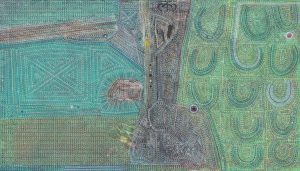
Among contemporary artists, Manish Pushkale is known for his artistic style. He has had a relationship with abstraction from the beginning. His education in geography gave his art a pattern of geographical structures which is still maintained today. In his abstract landscapes, Manish has brought forth the unreal beauty that only a sensitive artist can see. There has been a feeling of a kind of texture in his paintings since the beginning.
For the last five years, picture language by Manish has seen a big change. In the beginning, Manish used to reveal the outer and inner beauty of the earth through light-dark layers of colours on the canvas, but now he is moving forward by holding the hem of native art. Kantha art has actually been a domestic art of women, in which they used to make necessary clothes by sewing pieces of new and old clothes by hand. This art is still in practice in rural areas. Manish has created the texture of this Kantha stitch in colours. In this composition, he is seen weaving a variety of abstract designs. We also see many familiar motifs in these designs.
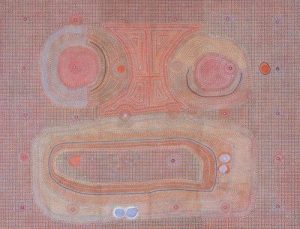
The picture appears to be a field in its entirety or a wide field that appears to contain soil, grass, rolling crops, trails, populated areas, and more. Many geometric shapes are visible in these, somewhere there is an impression of a curved shape made of wood, while in some paintings motifs of Manish’s old-style paintings are also seen.
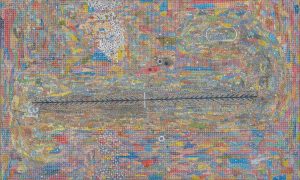
When we talked to him about this new series, he said that the idea of these paintings started in 2018 when Ganesh Devi, an Art scholar and a linguist, who has done a lot of work regarding the memory of languages, its preservation and enhancement. He once told the true story during a program in Delhi. “It was the story of a woman from a tribal community in Andaman. That woman wrote about a hundred letters to the government in the last ten years of her life, requesting that she has such knowledge that is only among her society. That knowledge is the art of man talking to birds. She told the government and their officials that she was now the only one in her community who knew this knowledge and language. She wrote in her letters that she wants to save this knowledge for she wants to make its archive. But the government did not pay heed to his words and with her death this knowledge also disappeared. This story touched me a lot. I started thinking that this is a big issue of the 21st century of our society in which a language and art of about six thousand years old ends. The irony is that there is no movement, no thought in our society regarding this. After some time it came to my mind that why not do something about it? As a painter, I think that I can record it in paintings. Since it was the language of an oral tradition, it did not have a script. Then I thought that as a painter, consider how it would be if this language had a script. Then I started trying to give a shape to that language, and that sound.”
For this, Manish adopted the Turpai (Stitching) style, which is the art of common families. With this turpai, he started creating different shapes on the canvas. This shape is familiar even though it is abstract. He also says that I have tried to reduce the sense of wonder and unfamiliarity that people have about abstraction.
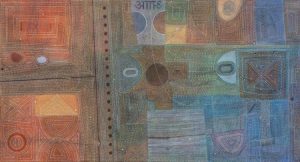
The dense mesh of dots and the movement of brush strokes like sewing threads present a new sky of memory and reality to the viewer. The structure of the picture makes the viewer aware of his past and present and prompts him to reach some conclusion. These points and thread-like structures give rise to a sense of rhythmicity of the music. In these pictures, the memory takes shape like a metaphor, which is sometimes in the form of geometrical shapes and somewhere in the form of a combination of colours. In many paintings, Manish divides the canvas into colours in the same way that a woman sews different pieces of cloth of many colours into a useful garment.



